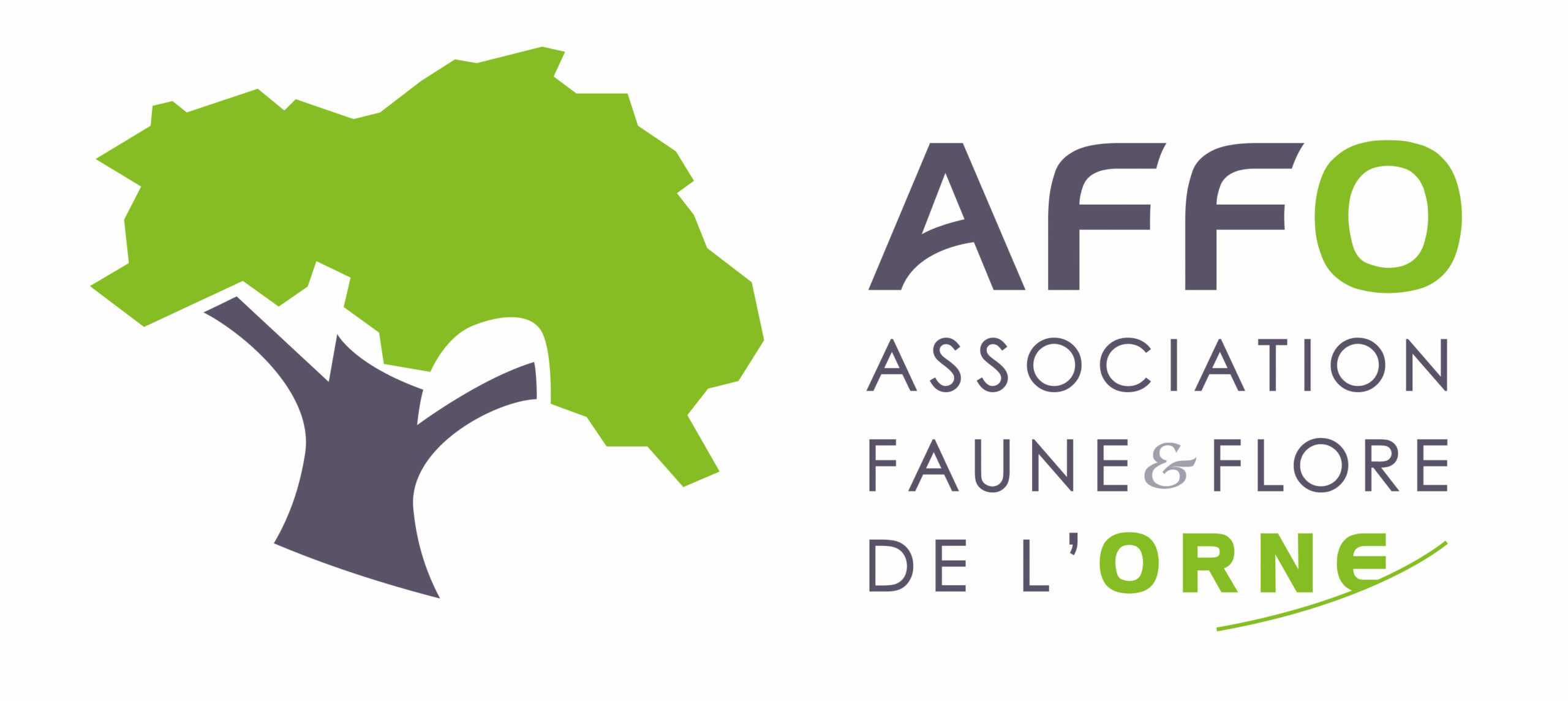Où cette espèce a-t-elle été observée ?
 Attention : cette espèce peut être présente où il n’y a pas de maille, mais à ce jour elle n’y a pas encore été observée.
Attention : cette espèce peut être présente où il n’y a pas de maille, mais à ce jour elle n’y a pas encore été observée.
- 828 observations
-
93
communes -
121
observateurs
17
organismes -
Première observation
1975 -
Dernière observation
2025
Appenai-sous-Bellême - Arcisses - Argenvilliers - Authon-du-Perche - Bazoches-sur-Hoëne - Beaumont-les-Autels - Belforêt-en-Perche - Belhomert-Guéhouville - Bellavilliers - Bellême - Bellou-le-Trichard - Béthonvilliers - Bretoncelles - Ceton - Champrond-en-Gâtine - Champrond-en-Perchet - Chapelle-Guillaume - Chapelle-Royale - Charbonnières - Charencey - Comblot - Corbon - Coudray-au-Perche - Courgeon - Cour-Maugis sur Huisne - Crulai - Digny - Feings - Fontaine-Simon - Frazé - Happonvilliers - Igé - Jaudrais - La Bazoche-Gouet - La Chapelle-Fortin - La Chapelle-Montligeon - La Chapelle-Souëf - La Ferté-Vidame - La Loupe - La Madeleine-Bouvet - La Puisaye - Le Mage - Le Pas-Saint-l'Homer - Les Aspres - Les Autels-Villevillon - Les Étilleux - Les Ressuintes - L'Hôme-Chamondot - Loisail - Longny les Villages - Manou - Mauves-sur-Huisne - Meaucé - Miermaigne - Montgaudry - Montireau - Montlandon - Moutiers-au-Perche - Nogent-le-Rotrou - Nonvilliers-Grandhoux - Parfondeval - Perche en Nocé - Pervenchères - Rémalard en Perche - Réveillon - Sablons sur Huisne - Saint-Aquilin-de-Corbion - Saint-Aubin-de-Courteraie - Saint-Bomer - Saint-Cyr-la-Rosière - Sainte-Céronne-lès-Mortagne - Saint-Éliph - Saint-Fulgent-des-Ormes - Saint-Germain-de-la-Coudre - Saintigny - Saint-Jean-Pierre-Fixte - Saint-Jouin-de-Blavou - Saint-Mard-de-Réno - Saint-Martin-des-Pézerits - Saint-Martin-du-Vieux-Bellême - Saint-Maurice-Saint-Germain - Saint-Pierre-la-Bruyère - Saint-Quentin-de-Blavou - Saint-Victor-de-Buthon - Senonches - Soligny-la-Trappe - Souancé-au-Perche - Thiron-Gardais - Tourouvre au Perche - Val-au-Perche - Vaunoise - Verrières - Vichères
-
PNR du Perche
Participation à 241 Observations
Part d'aide à la prospection : 29.11 %
Fiche organisme
-
Ministère de la Transition écologique et de la Cohésion des territoires
Participation à 181 Observations
Part d'aide à la prospection : 21.86 %
Fiche organisme
-
UMS PatriNat (OFB-CNRS-MNHN)
Participation à 179 Observations
Part d'aide à la prospection : 21.62 %
Fiche organisme
-
Association Faune & Flore de l'Orne (AFFO)
Participation à 154 Observations
Part d'aide à la prospection : 18.60 %
Fiche organisme
-
Société herpétologique de France
Participation à 132 Observations
Part d'aide à la prospection : 15.94 %
Fiche organisme
-
Muséum national d'Histoire naturelle (MNHN)
Participation à 112 Observations
Part d'aide à la prospection : 13.53 %
Fiche organisme
-
Office Français de la Biodiversité (OFB)
Participation à 95 Observations
Part d'aide à la prospection : 11.47 %
Fiche organisme
-
DREAL Centre-Val de Loire
Participation à 90 Observations
Part d'aide à la prospection : 10.87 %
Fiche organisme
-
Conservatoire d'espaces naturels du Centre-Val de Loire (CEN CVL)
Participation à 56 Observations
Part d'aide à la prospection : 6.76 %
Fiche organisme
-
Office national des forêts (ONF)
Participation à 40 Observations
Part d'aide à la prospection : 4.83 %
Fiche organisme
-
France Nature Environnement Centre-Val de Loir
Participation à 38 Observations
Part d'aide à la prospection : 4.59 %
Fiche organisme
-
Eure-et-Loir Nature
Participation à 11 Observations
Part d'aide à la prospection : 1.33 %
Fiche organisme
-
Système mondial d’information sur la biodiversité (GBIF)
Participation à 4 Observations
Part d'aide à la prospection : 0.48 %
Fiche organisme
-
Réserves Naturelles de France (RNF)
Participation à 4 Observations
Part d'aide à la prospection : 0.48 %
Fiche organisme
-
Association naturaliste d'étude et de protection des écosystèmes CAUDALIS
Participation à 4 Observations
Part d'aide à la prospection : 0.48 %
Fiche organisme
-
PNR et géoparc mondial UNESCO Normandie-Maine
Participation à 4 Observations
Part d'aide à la prospection : 0.48 %
Fiche organisme
Informations espèce
Répartition actuelle en France métropolitaine
© INPN - Avertissement : les données visualisables reflètent l'état d'avancement des connaissances et/ou la disponibilité des données existantes au niveau national : elles ne peuvent en aucun cas être considérées comme exhaustives.
Répartition actuelle dans le monde
Avertissement : les données visualisables reflètent l'état d'avancement des connaissances et/ou la disponibilité des données existantes au niveau mondial : elles ne peuvent en aucun cas être considérées comme exhaustives.

















